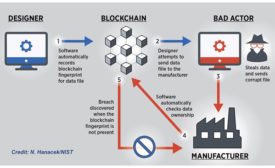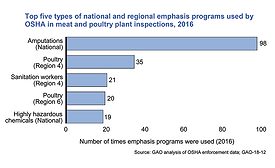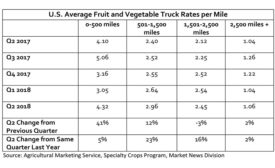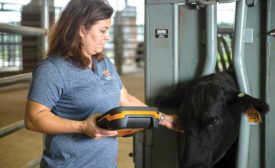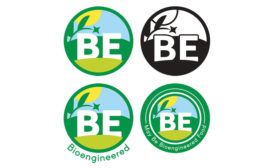Articles by Wayne Labs
Food Safety
With FSMA a done deal for food & beverage processors, compliance is more important than ever
Read More
Supply Chain
Fighting food fraud with the right tools
Analytical and software tools make it easier to manage suppliers and weed out fraudulent ones
October 5, 2018
Automation Series
The challenges of upgrading legacy control systems
A legacy control system may be running just fine, but processors need to be prepared to replace it
October 5, 2018
Manufacturing News
Local food still raises safety concerns
Auburn University project aims to improve food safety in local products
September 17, 2018
Food Safety
ANSI certifies Perry Johnson Registrars Food Safety Inc. under new FDA program
FDA’s Accredited Third-Party Certification Program covers four main categories in food safety including preventive controls and HACCP
September 5, 2018
Manufacturing News
New bioengineering labels are on the way
Labels will show foods are compliant with disclosure standards
August 8, 2018
Never miss the latest news and trends driving the food safety industry
eNewsletter | Website | eMagazine
JOIN TODAY!Copyright ©2024. All Rights Reserved BNP Media.
Design, CMS, Hosting & Web Development :: ePublishing


